From its 1925 inception until the late 1960s, the Grand Ole Opry’s “gingham curtain” separated performers from the public with a strict and strait-laced dress code. Men wore suits and boots, and women wore long dresses, often in gingham print because, well, it was a country music program. Even as the counterculture movement caused men’s hair to grow long and women’s skirts to grow short, the Grand Ole Opry remained traditional and conservative.
Videos by American Songwriter
That is, of course, until country soul singer Jeannie Seely took the stage.
The Grand Ole Opry’s Gingham Curtain Fell In 1967
At a time when female country artists were a rarity, not the norm, many women got their foot in the industry by starting out as songwriters. Jeannie Seely was no exception, scoring a string of popular hits that other artists cut, like Irma Thomas’ rendition of “Anyone Who Knows What Love Is (Will Understand)” from 1964 and Connie Smith’s “Senses” in 1965. It wasn’t until 1966 that Seely scored a hit that she performed with “Don’t Touch Me.” The track quickly ascended the charts and garnered Seely her first Grammy Award and an invitation to join the hallowed ranks of the Grand Ole Opry.
Seely happily accepted the offer without knowing much of the history of the country music program, which would explain why she was unaware of the “gingham curtain” that dictated what female performers wear on stage. “[Grand Ole Opry manager] Ott Devine called me into his office and said, ‘Honey, you’re not allowed to wear a miniskirt on the Opry,’” Seely recalled in Mary A. Bufwack’s 1993 book Finding Her Voice. “I thought he was joking at first. I said, ‘I never heard that rule.’ Finally, I made a deal with him. I said, ‘Okay, if you don’t let anybody in the front door with a miniskirt on, I won’t come in the back door with one on.” Obviously unable to enforce Seely’s request, the Opry pared back its standards for performers’ attire.
“I never planned to set any sort of trend,” Seely said. “I’m about like any other normal American girl my age. I think I dress and act pretty much the way she does. A lot of my fans have always been women because my songs said what they really felt.”
Jeannie Seely Set The Stage For The Women Who Came After Her
Jeannie Seely’s defiance of the Grand Ole Opry’s traditionalist “gingham curtain” wasn’t the only significant headway she made in the country music industry. In Mary A. Bufwack’s retrospective of women in country music, she describes Seely as “Miss Country Soul” with a “husky, cigarette-stained voice” that “moaned with agony.” Seely’s music was a stark contrast from other female offerings of the time, with songs covering topics like marijuana use, sexual desire, and feminine independence. The fact that she would protest against a miniskirt ban at the Opry was par for the course. She founded her entire career on following her true voice.
Unfortunately, her career would begin to stall in the following decade. By the late 1970s to mid-1980s, Seely struggled to regain the success of her career’s early years. “There’s a catch-22 that goes with being free,” Seely said of her headstrong attitude toward the industry. “You want it. But there’s a loneliness that comes with it, too.” She would later muse, “They always used to tell me if I had a brain, I’d be dangerous. Well, I wonder if they know by now that I do…and I am.” Despite these setbacks, Seely has continued to perform to this day. She holds the record for most Grand Ole Opry performances of all time, boasting 5,000 performances and counting.
And she wears exactly what she feels like wearing each time.
Photo by Bob Grannis/Getty Images

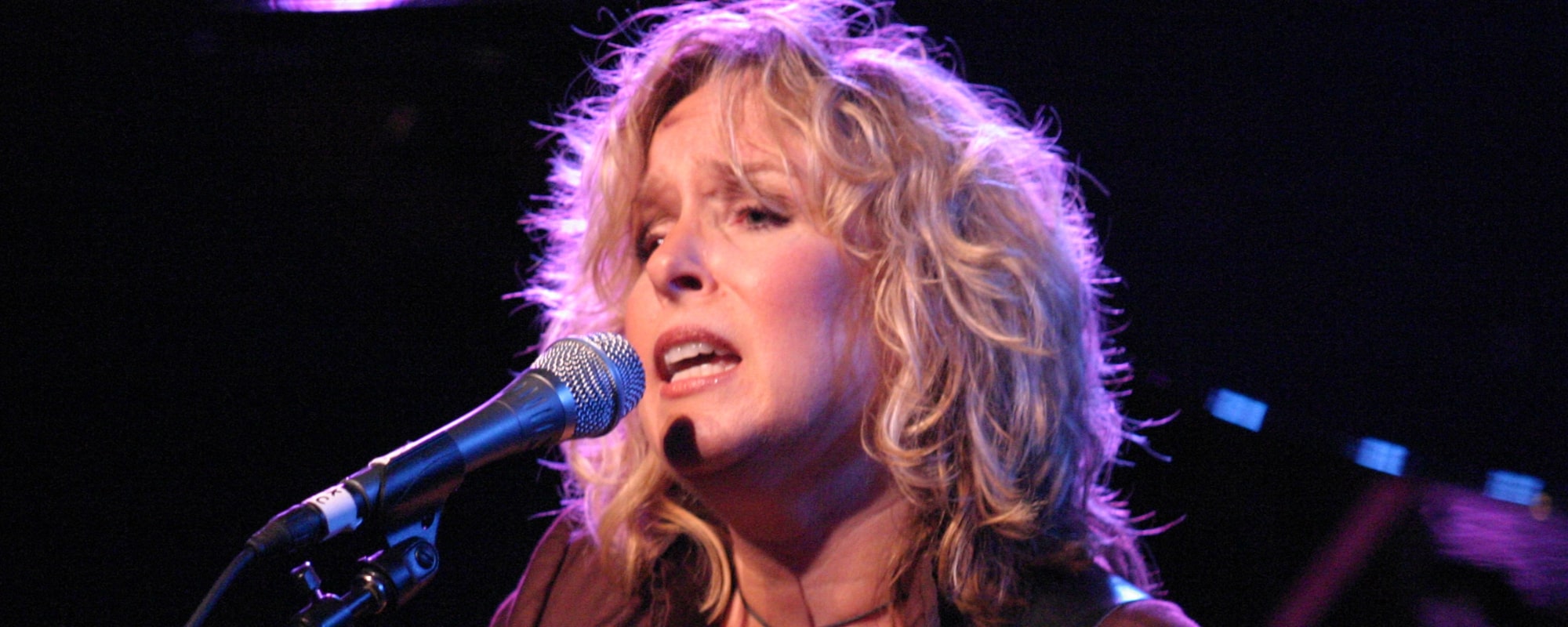
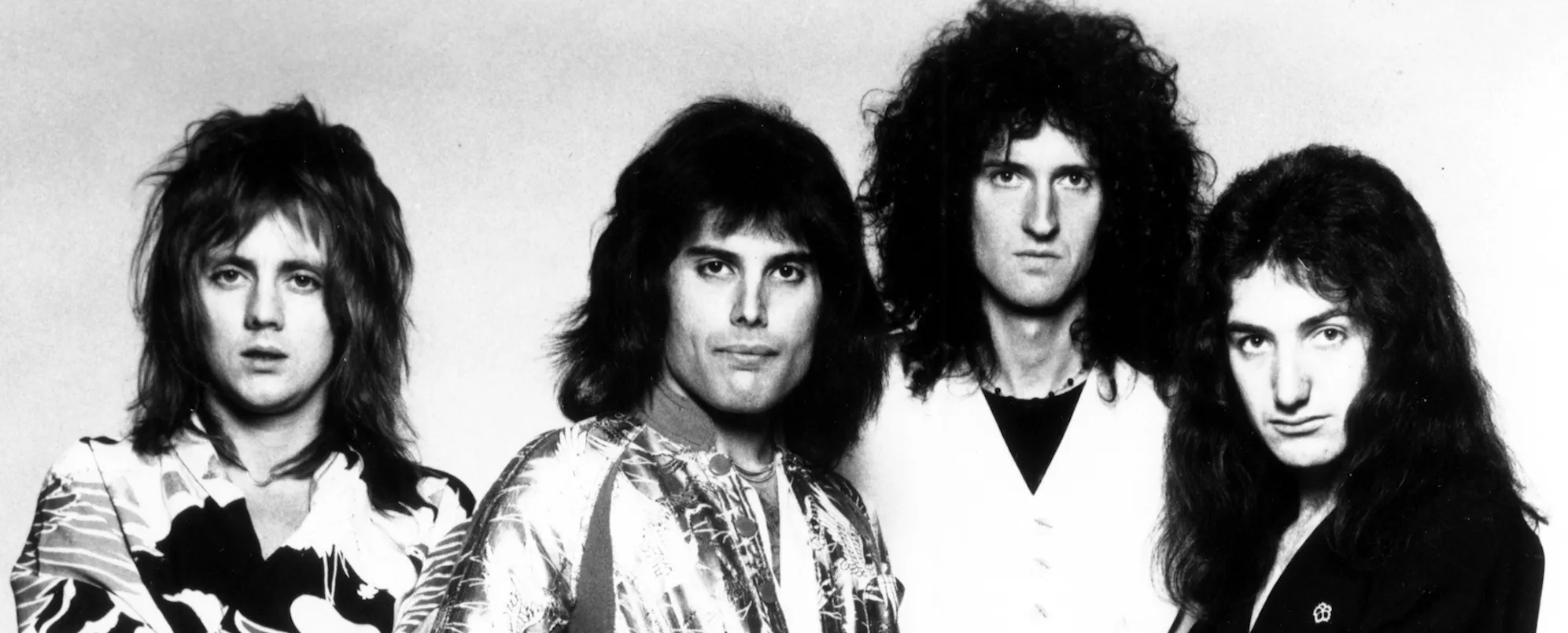
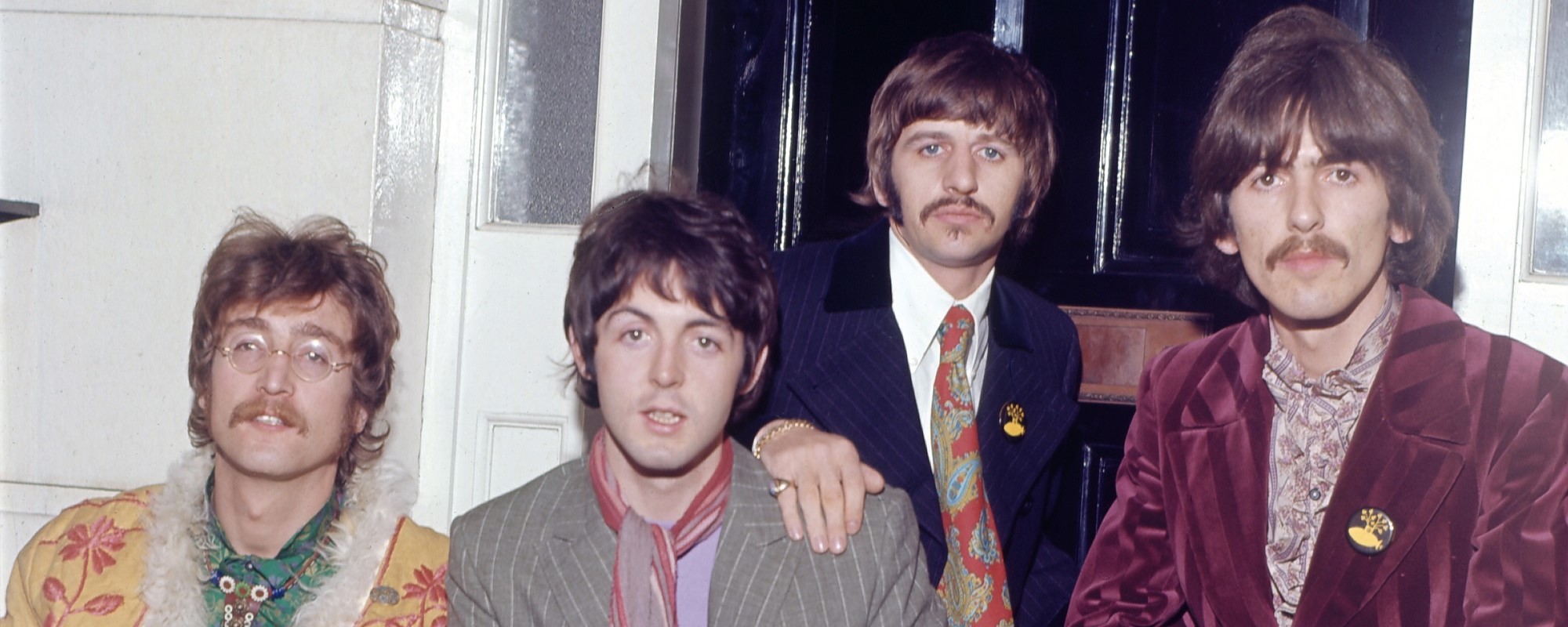
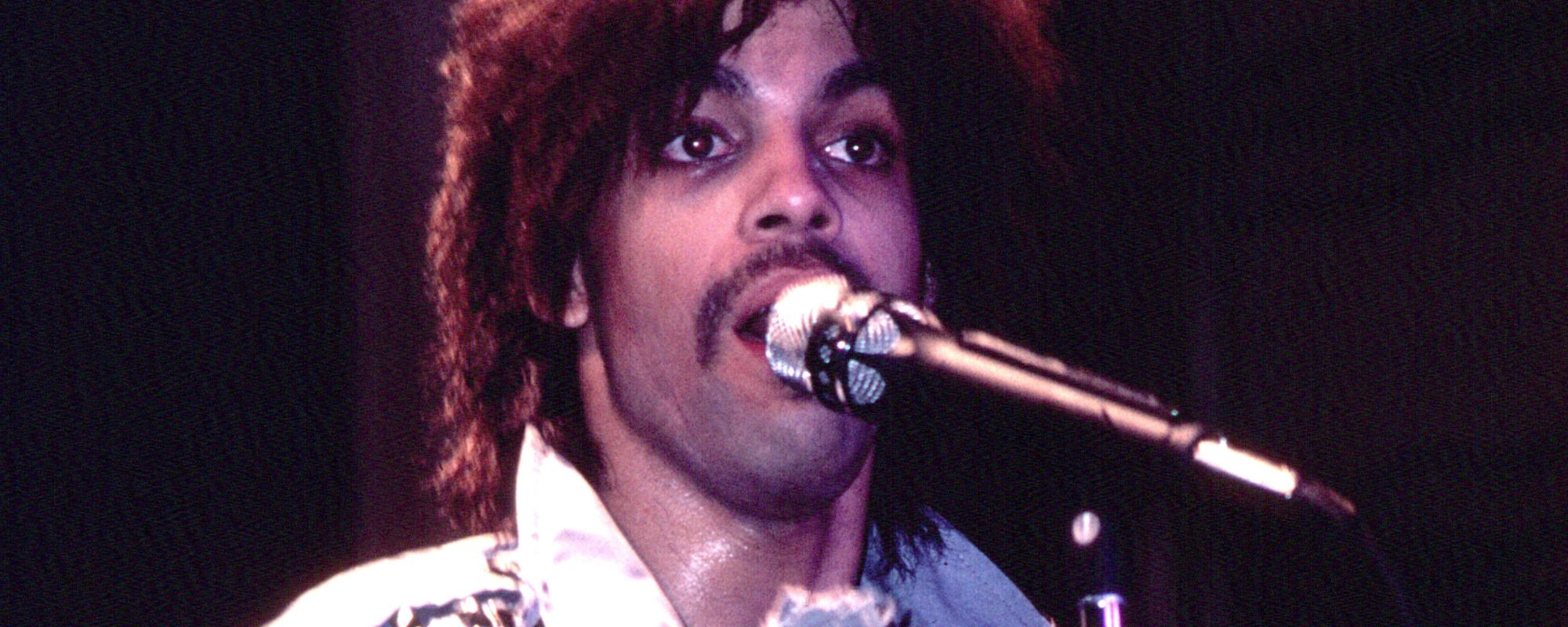
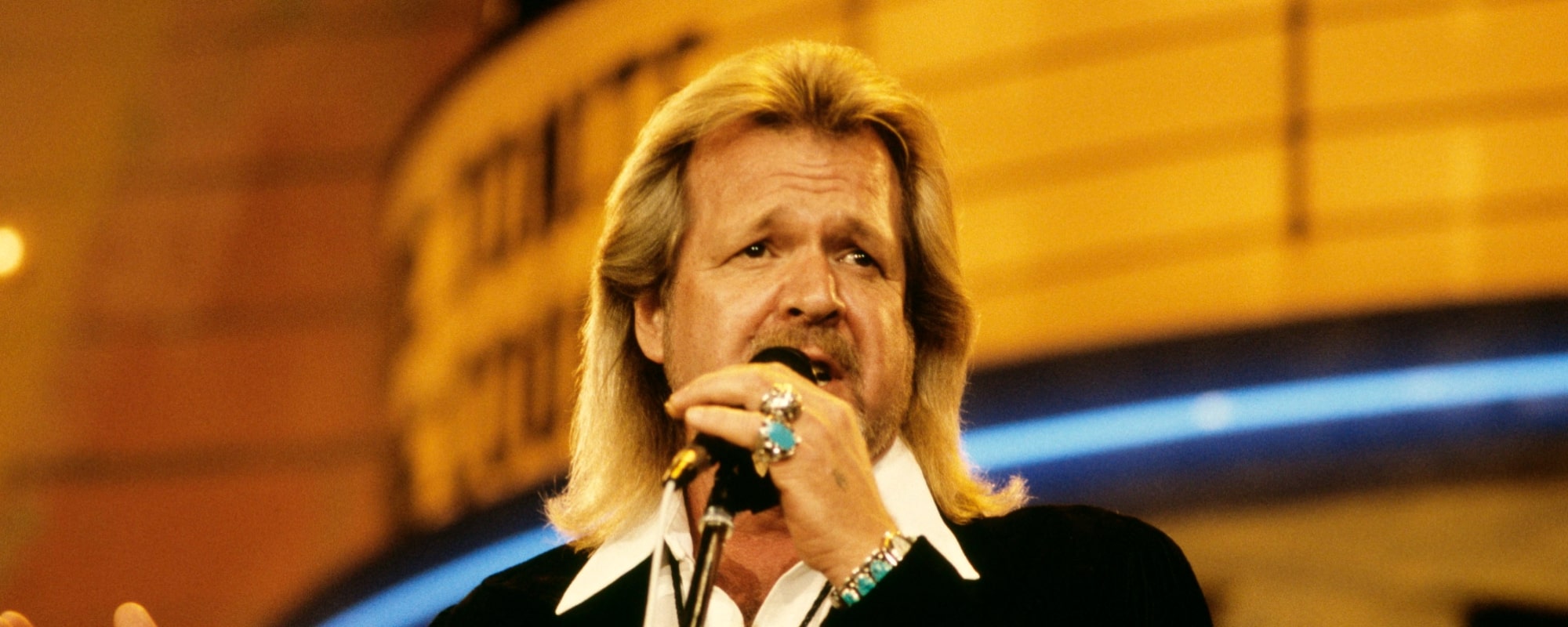

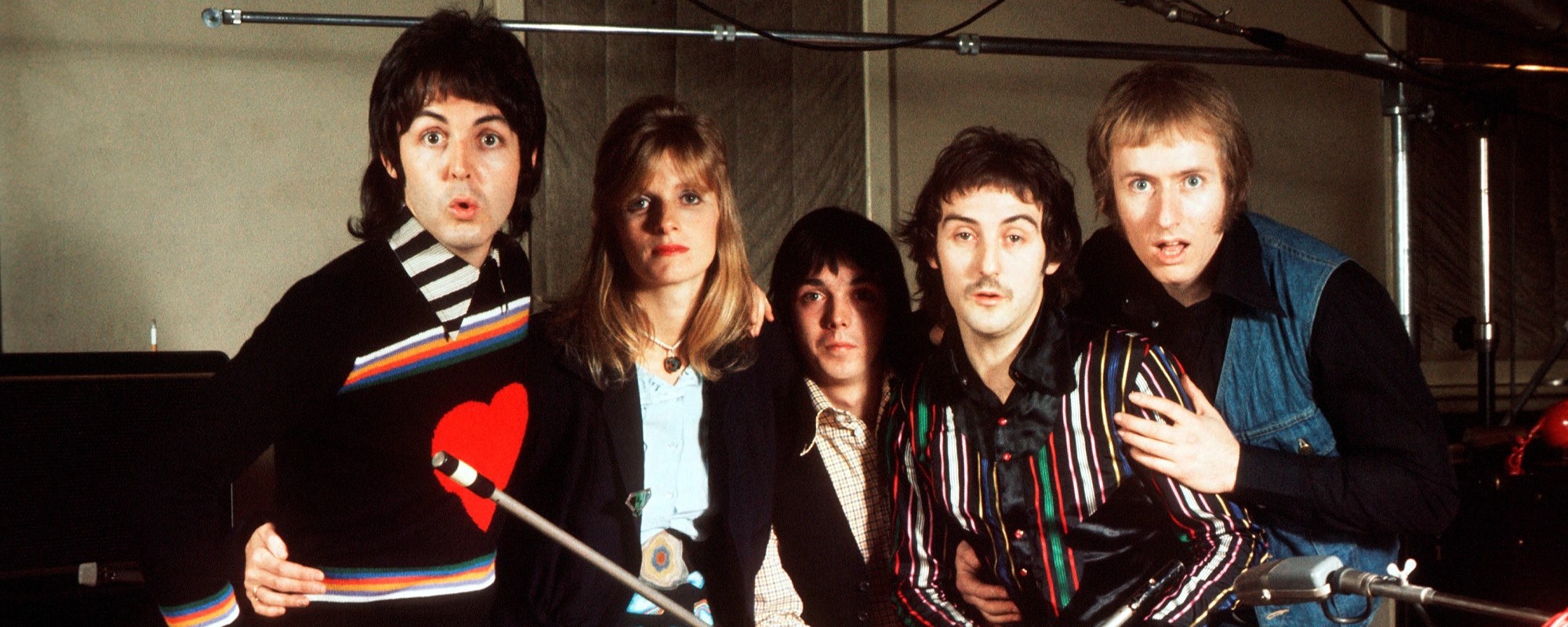
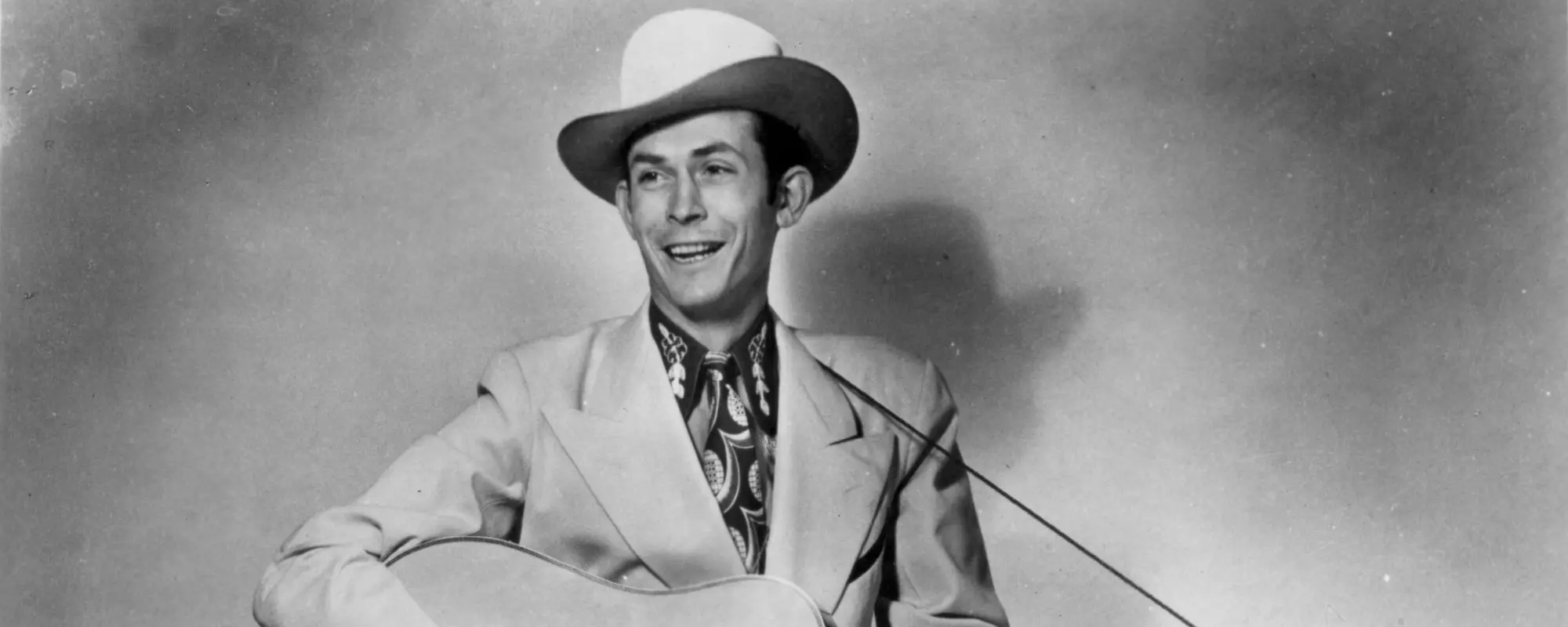
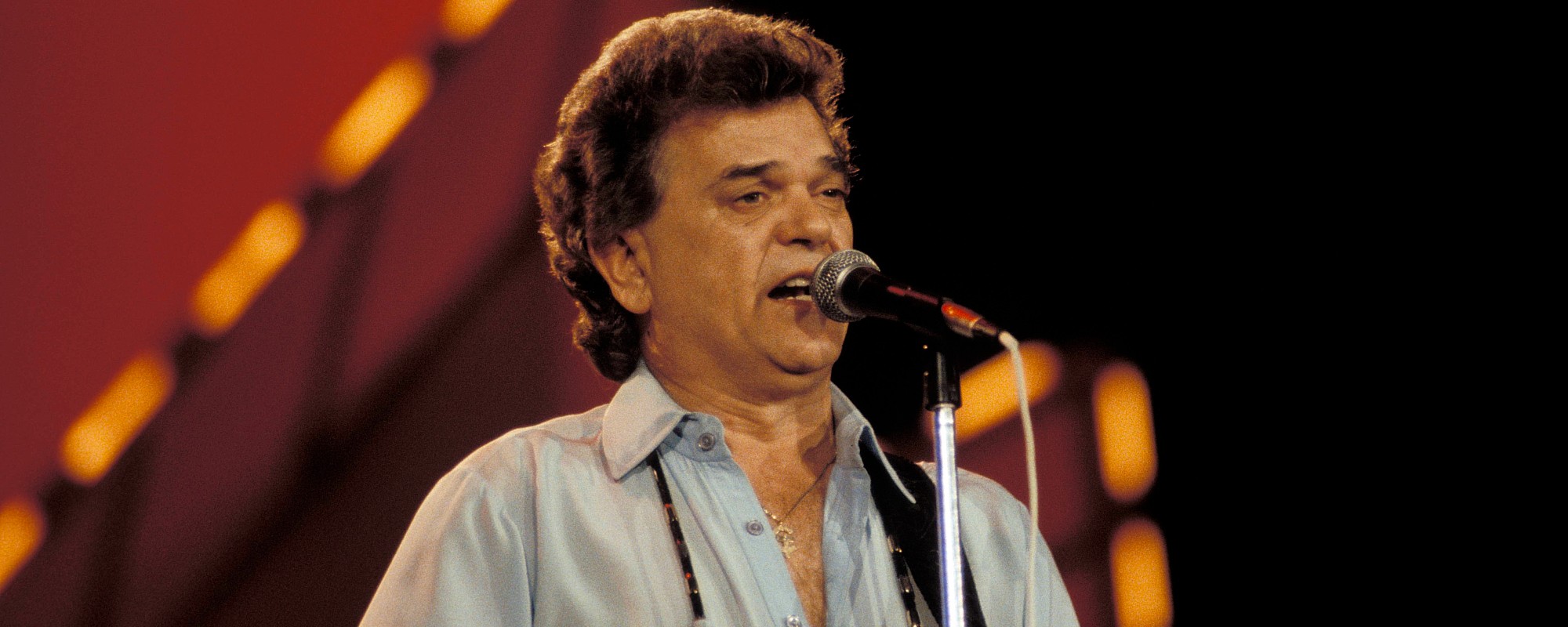
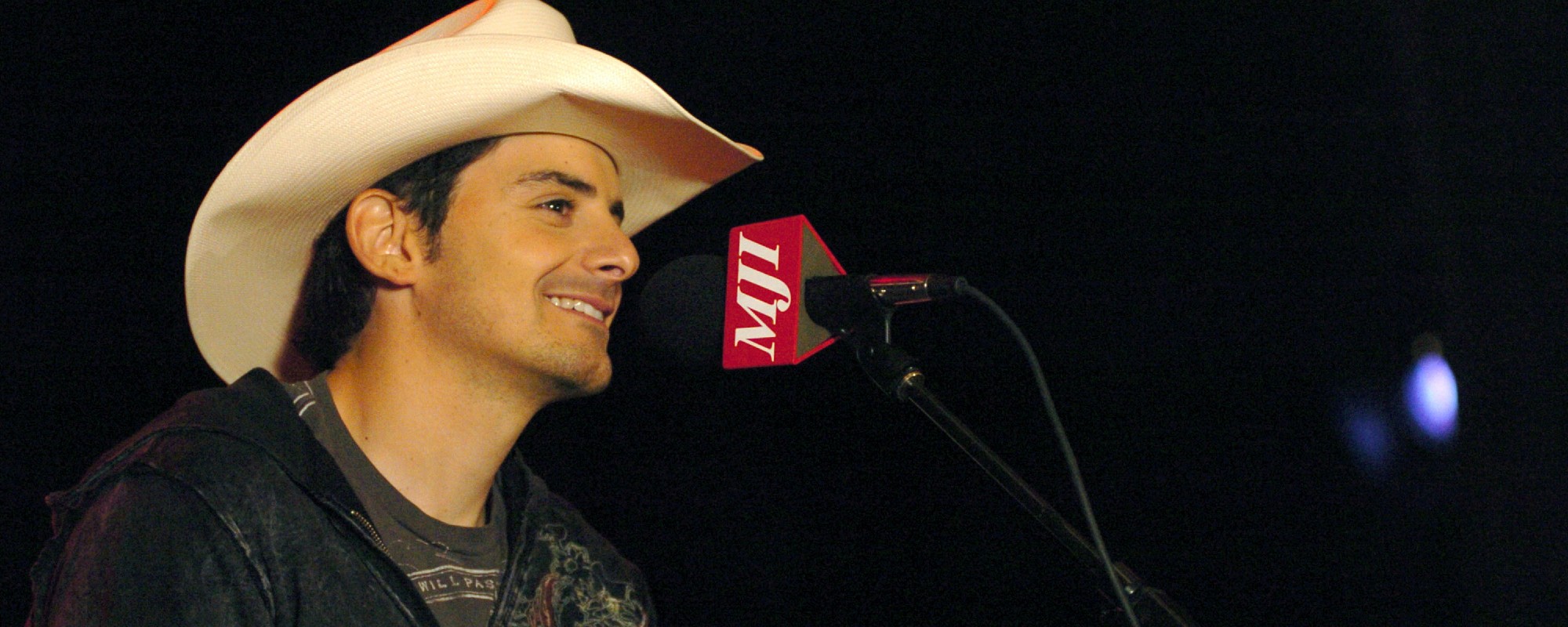
Leave a Reply
Only members can comment. Become a member. Already a member? Log in.